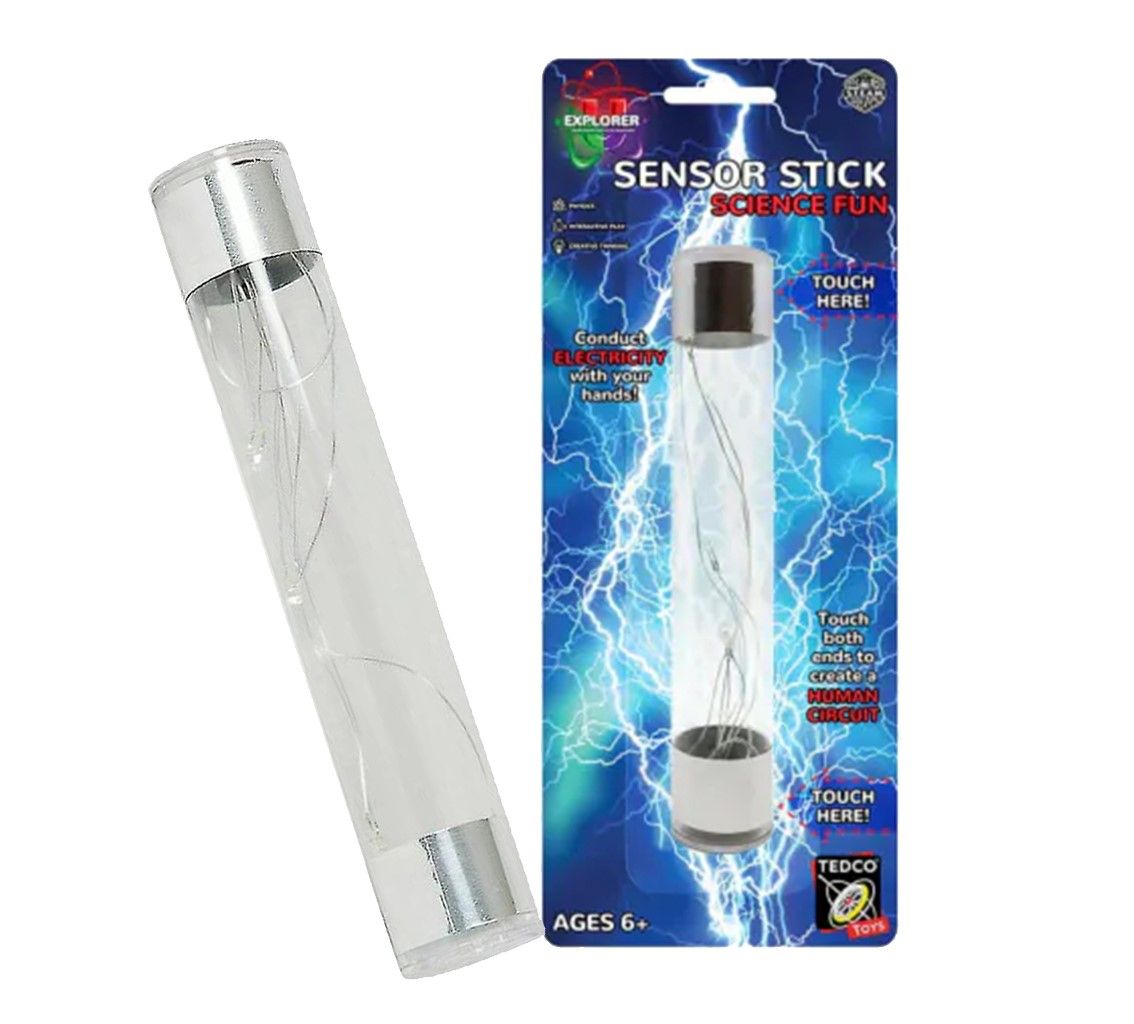Drive Models - Set of 8
This set of 8 different demonstration models is ideal to show your students the principles of simple machines.
This set of 8 different demonstration drive models is ideal to show your students the principles of simple machines.
Mechanical transmission or drive is widely used in mechanical engineering. A drive is a system of machinery that transmits power and motion by mechanical means. The set of 8 models demonstrates the following drives: chain drive, worm drive, gear drive, rack and pinion drive, friction drive, belt drive, rotary piston drive and lug belt drive.
Chain drive/transmission: A way of transmitting mechanical power from one place to another. It is often used to transfer power to the wheels of a vehicle, particularly bicycles and motorcycles. The power is conveyed by a roller chain, known as the drive chain or transmission chain passing over a sprocket gear, with the teeth of the gear meshing with the holes in the links of the chain. The gear is turned, and this pulls the chain putting mechanical force into the system.
Worm transmission/gear/drive: A worm drive is a gear arrangement in which a worm (which is a gear in the form of a screw) meshes with a cog (circular gear). Like other gear arrangements, a worm drive can reduce rotational speed or transmit higher torque. A worm is an example of a screw, one of the six simple machines. One of the major advantages of worm gear drive units are that they can transfer motion in 90 degrees.
Gear transmission/gear drive: Transmission of motion or torque from one shaft to another by means of direct contact between toothed wheels (gears/cogs). Gear drives are used to alter the size and direction of forces within a machine. A common example is the gear drive used within a clock to control the speeds of the hour, minute and second hands.
Rack and pinion drive/transmission: A rack and pinion is a type of drive that consists of a circular gear (the pinion) engaging a linear gear (the rack), which operate to translate rotational motion into linear motion or vice versa. This type of drive system is used in motor vehicles to convert the circular motion of the steering wheel into left or right movement of the wheels.
Friction drive/transmission/wheel: A friction drive is a type of transmission that utilises 2 wheels to transfer power to the driving wheels rather than a chain and sprockets system. The problem with this type of drive system is they are not very efficient. The contact between the 2 wheels creates friction, which in turn converts much of the energy transfer of this system into heat. Heat generation also requires a cooling system to keep the transmission working effectively. This type of system can be found on motorized scooters and mopeds. Friction drive has been most successfully used in low-power applications, such as driving phonograph turntables.
Belt transmission/drive: A belt drive is a pair of pulleys attached to usually parallel shafts and connected by a looped flexible belt (band) that can serve to transmit and modify rotary motion from one shaft to the other. Most belt drives run on grooved pulleys. To create an effective frictional grip on the pulleys, belts must be installed with a substantial tension. The belt may be twisted within the loop so that the direction of the driven shaft is reversed. The belt drive can also be used to change the speed of rotation, either up or down, by using different sized pulleys. An example of a belt drive is a conveyor belt.
Piston Engine or Reciprocating Engine (Rotary Piston Drive): A reciprocating piston engine converts straight-line motion to rotary motion or vice versa. A piston is a lubricated sliding shaft that fits tightly inside the opening of a cylinder. The rotation of the gear or crankshaft is transferred to the piston into up and down motion. This can then be used to power engines or pumps where the compression of fluids/gases within the piston is involved. In an engine, its purpose is to transfer force from expanding gas in the cylinder to the crankshaft via a piston rod and/or connecting rod. In a pump, the function is reversed and force is transferred from the crankshaft to the piston for the purpose of compressing or ejecting the fluid in the cylinder.
Lug Belt Drive: A variation of the belt drive but as flat or V shaped belts can slip when overloaded the addition of lugs or teeth increases the friction and transmission of force within the system. Lug belts are often found on sewing machines.
Age: 8 +
What You Get
Drive Models - Set of 8 - Each model ranges from 18cm to 21cm high.
Teach
- Simple Machines
- Worm & Gear Drives, Pulleys and Belts
- Physics
| Length (cm) | 30 |
|---|---|
| Width (cm) | 25 |
| Height (cm) | 12 |
| Age Group | 7-8 Years, 9-10 Years, 11-12 Years, 12+ Years |





